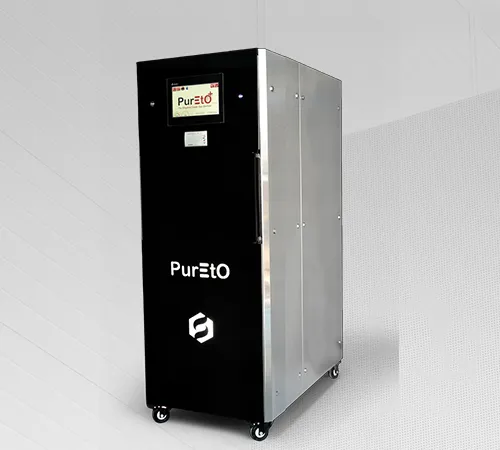Top Portable Biochemistry Analyzer Machine
The point-of-care biochemistry analyzer is a recent device that takes the diagnostic power of laboratory testing out of the lab and onto the bedside. A portable analyzer would be particularly well suited where one desires a quick diagnosis and it is not feasible or economical to transport samples to a central lab.
They possess one significant advantage, and that is their unmatched speed and portability. They can perform much of the calculation remotely, and minutes are taken to generate reports. Rapid feedback methods facilitate quicker clinical decision-making, which is needed in the treatment of diseases like diabetes's glucose management, kidney function, and emergency triage examples.
Miniature handheld analyzers can provide accurate and reliable results from micro-volume samples. They are easy to use as they have short instructions and lead one step at a time, becoming part of everyday equipment for the majority of healthcare professionals. Portable biochemistry analyzers bring the diagnostic test to the patient and have redefined contemporary healthcare: accessibility and speed.


